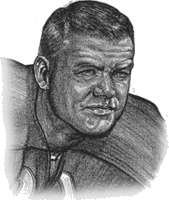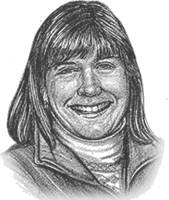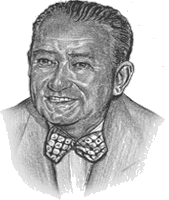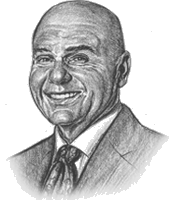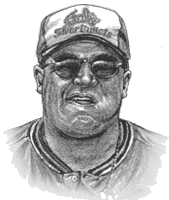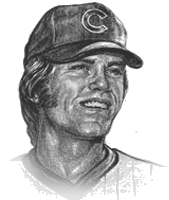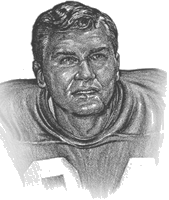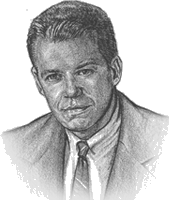A Sports Illustrated cover photo in November of 1959 focused the camera lens directly on greatness. Surging under two of those famous orange helmets of Syracuse University were All-American lineman Roger Davis and All-American running back Ernie Davis.
Roger Davis, a graduate of Solon High School where he earned 10 letters in football, basketball and baseball, and joins the Greater Cleveland Sports Hall of Fame to crown a career that saw him win championships in the NCAA and NFL.
Davis was known at Syracuse as “Hound Dog” because of his love of training coonhounds, an American hunting dog. He played three years for the Orangemen, from 1957-1959. His final year was his finest as Syracuse was unbeaten, defeating Texas in the Cotton Bowl to become national champions.
Receiving All-American recognition, Davis was much sought after by the pros. In the 1960 NFL draft, he was a first round selection of the Chicago Bears, being the seventh choice of the entire draft.
Davis played like a No. 1 selection. He was a starter at right guard on the Bears team that won the 1963 NFL title by defeating the New York Giants, 14-10 in a game played on Dec. 29 at Wrigley Field in temperatures that struggled to get out of single digits.
There were two more NFL stops for Davis. He played for the L.A. Rams in 1964 and for the New York Giants that he helped defeat in 1965 and 1966.
While at Syracuse and Chicago, Davis played for two legendary coaches. Hall of Famer Ben Schwartzwalder was his coach in college and George “Papa Bear” Halas, one of the NFL’s founding fathers, was his coach in Chicago.
In 1999, Davis was honored with a spot on Syracuse’s All Century Football Team.
Since retiring from football Roger has worked for Nationwide Insurance. He is the father of four children, grandfather of seven and makes his home in Pepper Pike.

